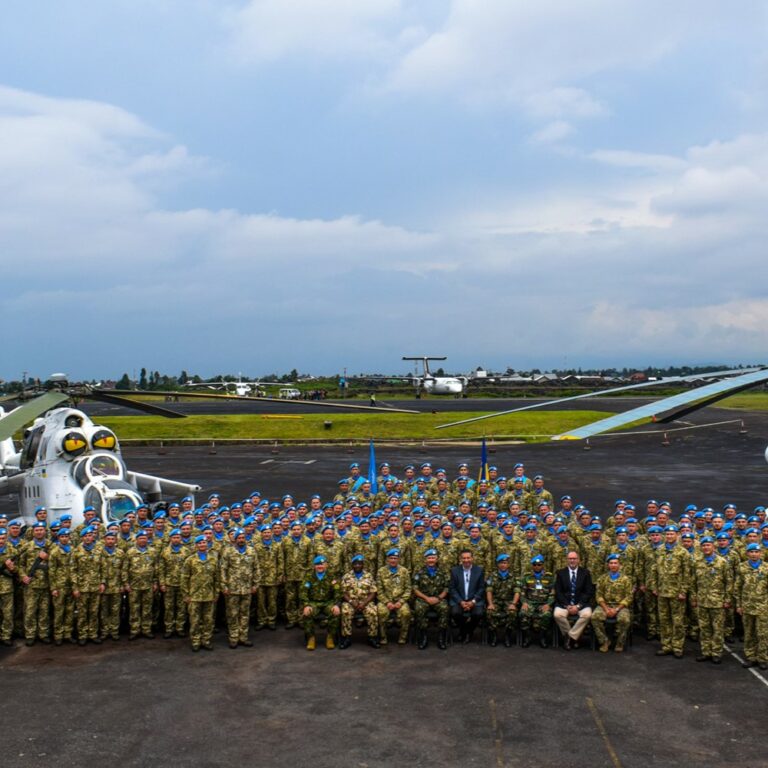
Almost any country could face a large-scale challenge such as armed aggression, natural disasters, epidemics, or economic crises. However, besides caring for the well-being of its citizens, many countries care about global issues. Today we will tell the story of how Ukraine, from the times of regaining its independence to the full-scale invasion by Russia, has been an active participant in international humanitarian missions and peacekeeping operations.
As of December 2022, Ukraine was a member of 81 international organisations, where it addressed global political, ecological, humanitarian, economic, law enforcement, and other important issues alongside other countries. Approximately 45,000 Ukrainian military personnel participated in at least 27 international peacekeeping and security operations since regaining independence.
While Ukraine strengthened its position on the international arena, Russia deliberately spread misinformation claiming that Ukraine’s sovereignty was nothing more than a fabrication. Worth noting the numerous claims by Russians about supposed signs of a failed state in Ukraine and Putin’s statement in December 2021, alleging that Lenin invented Ukraine. With the onset of the full-scale invasion, when Ukrainian defence forces repelled numerous attacks and later began successfully adopting Western weaponry, Russian propagandists started spreading yet another narrative. Supposedly, Ukrainians are only capable of constantly seeking military or financial assistance, thereby weakening the economies of partner countries.
The Russian so-called analyst Ivan Lizan claims that Ukraine has supposedly not demonstrated significant results, considering it received everything it requested, apart from fighter jets and long-range missiles (which it started receiving in September 2023). Therefore, according to Lizan, the West, seeing Ukraine’s inability to end the war, is gradually refusing to invest in this “startup”. His “colleague” in spreading disinformation, the Press Secretary of the Russian president Dmitry Peskov, says that Volodymyr Zelenskyy “annoys” the United States and Europe. According to Peskov, Zelenskyy’s efforts to secure more aid are considered greedy because, in his words, “how can they give the weapons intended for me (Zelenskyy — ed.) to Israel” ( on 7 October, 2023, Israel was attacked by Palestinian Islamist group HAMAS, widely recognised as a terrorist organisation).
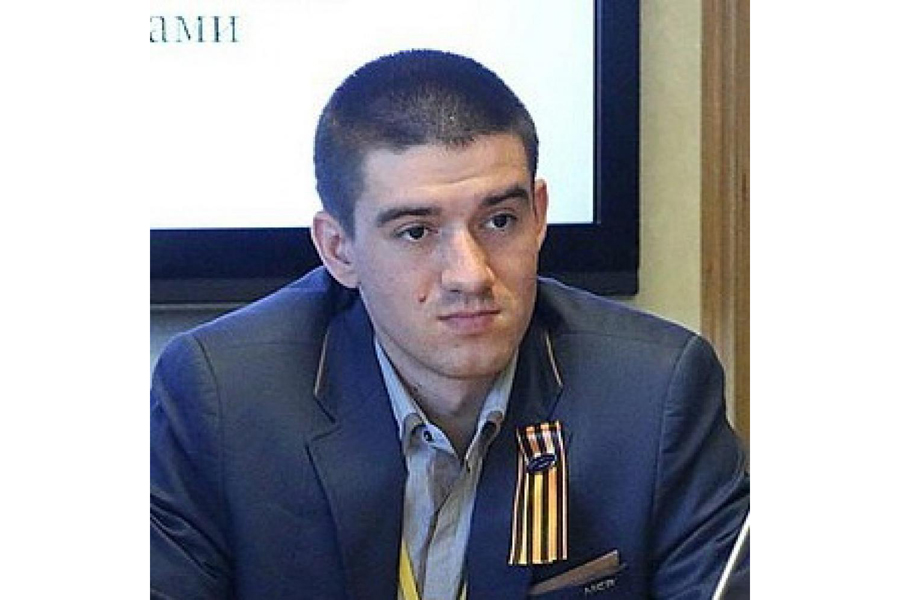
The so-called analyst Ivan Lizan. Photo from open sources.
In similar fashion, Russian media TASS spreads propaganda in English. They tried to manipulate the tragedy in the Ukrainian village of Hroza, where 50 locals were killed by a Russian missile strike. Russian media claims that Ukraine accuses Russia of crimes only during President Zelenskyy’s foreign visits, supposedly making it easier to persuade foreign partners to provide aid For this purpose, according to TASS, the Ukrainian leadership is allegedly willing to manipulate the deaths of “supposedly” civilian residents, who were actually “neo-Nazis”. As we can see, Russian propaganda resorts to extremely cynical and distorted arguments, aiming to build an image of Ukraine as a country that only demands resources but does not play a significant role in international security architecture.
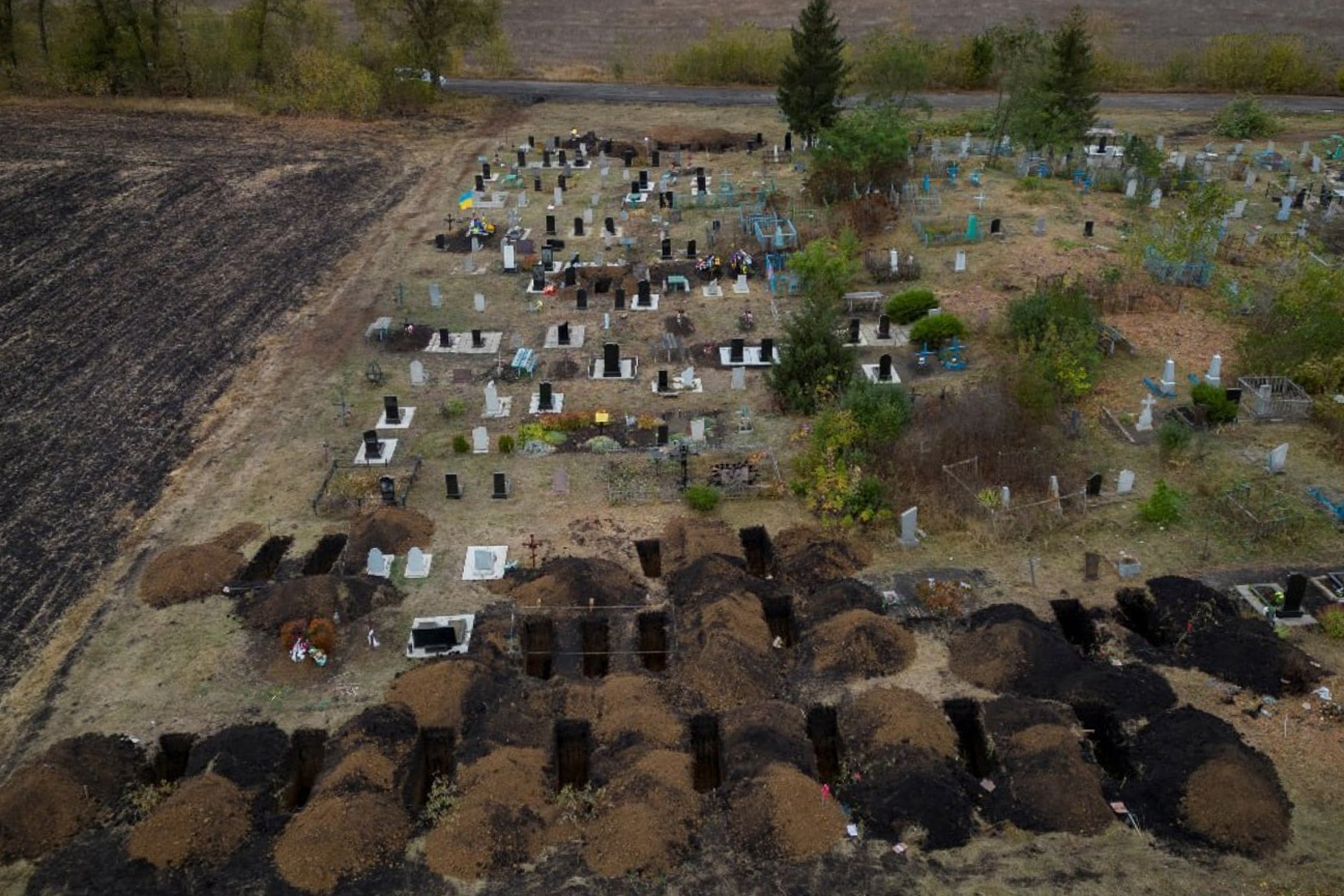
New graves in the cemetery in the village of Hroza. Photo: Reuters.
Here, we’ll tell the story of how Ukraine has been helping other countries long before the full-scale invasion, both as part of international organisations and also independently.
Ukraine’s first peacekeeping operation in Yugoslavia
Between 1992 and 1995, Ukraine participated in a United Nations peacekeeping operation in Yugoslavia. During that time, Slovenia, Croatia, and Bosnia and Herzegovina sought to separate from Yugoslavia, thereby becoming independent countries. This decision received international support, with the UN recognising it as the right of self-determination by the nations. This development marked the beginning of the war between former Yugoslav republics and Serbian forces, aiming to preserve the state in its then-existing form.
Yugoslavia
Yugoslavia was a federation on the Balkan Peninsula that existed from 1918 to 1992. It was founded on the basis of Serbia, to which Montenegro, Croatia, Bosnia and Herzegovina, Macedonia, and other territories were attached.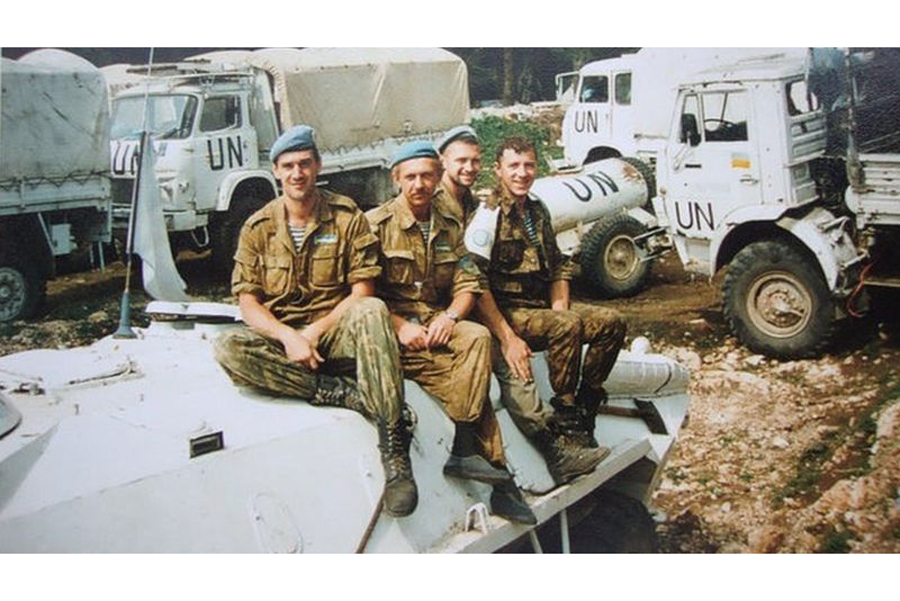
Ukrainian peacekeeping contingent in Yugoslavia. Photo: Archive of Andrii Khlusovych.
On 11 July, 1995, Serbs killed 8,000 Bosnian Muslims in Srebrenica. They planned the next mass ethnic cleansing in Žepa, where many members of the muslim community also lived. With only nine armoured personnel carriers and light firearms, 79 soldiers from the 240th Separate Battalion of the Armed Forces of Ukraine defended the town against 2000 Serbs for two weeks. Due to this, Serbian General Ratko Mladic was forced to request negotiations with the Ukrainians. Colonel Mykola Verkhohliad managed to secure a safe passage for the residents. The evacuation started on 25 July. Ukrainian peacekeepers were assisted by the French. More than 60 buses were involved, transporting over 5,000 individuals. This operation was considered the most successful in the history of modern Ukrainian Armed Forces up until 2014.
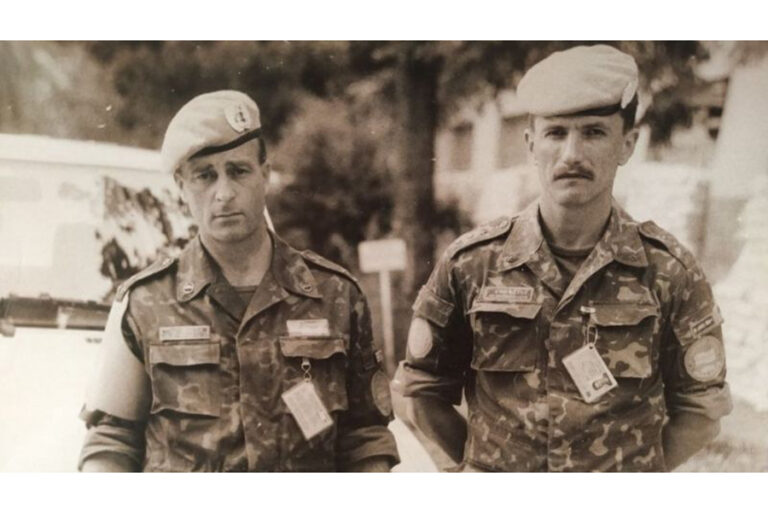
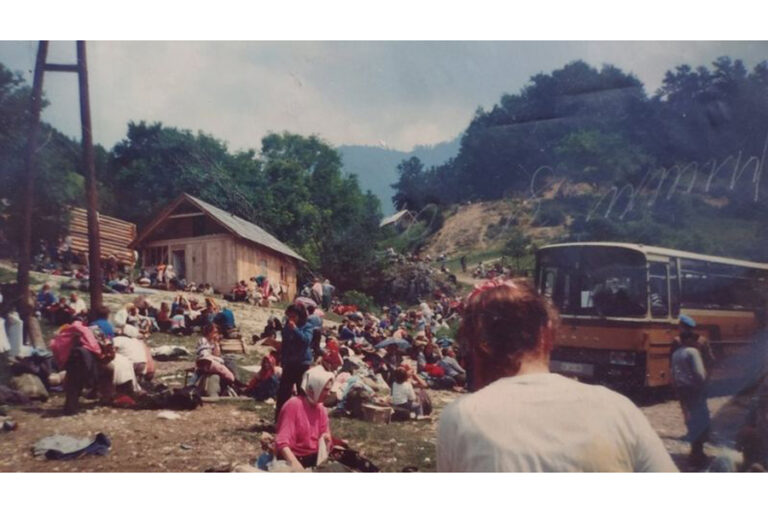
slideshow
Over a three-year span of peacekeeping missions in Yugoslavia, about 1,300 Ukrainian military personnel joined, 15 of whom lost their lives. Their primary tasks were to contribute to the cessation of hostilities and help stabilise the situation by patrolling the streets, maintaining public order, and escorting humanitarian aid shipments.
Ukraine’s humanitarian Mission in Saqartvelo (Georgia)
In 1993, for the first time Ukraine participated in a peacekeeping mission independently of international organisations. On the territory of Saqartvelo (the correct name for Georgia), an armed conflict erupted. It involved Abkhaz separatists seeking independence with the support of Russia and militants from the North Caucasus, and was opposed by the government of Saqartvelo.Towards the end of the intense phase of the conflict, the self-proclaimed Abkhaz Republic was established. As a result, thousands of people became refugees due to ethnic persecution. Many tried to reach the centre of the country through the Svaneti mountain passes, but due to sudden cold weather and heavy snowstorms, people suffered from hunger, injuries, and frostbite. At that time, the Saqartvelo government lacked sufficient helicopters for evacuation and thus appealed to partner countries for assistance.
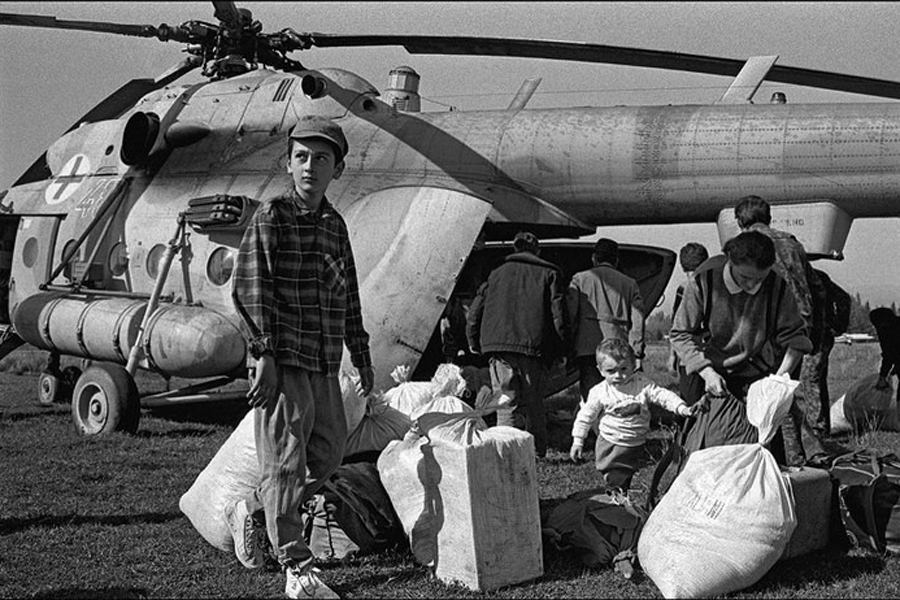
Refugees from Saqartvelo (Georgia). Photo: ukrmilitary.com.
Ukraine sent a detachment with 15 Mi-8 helicopters and 106 crew members. On the first day of evacuation, 570 people were saved. The next day that number reached 2162. There were up to six flights daily, even under fire. From the 10th to the 14th of October 1993, around 8000 people were rescued.
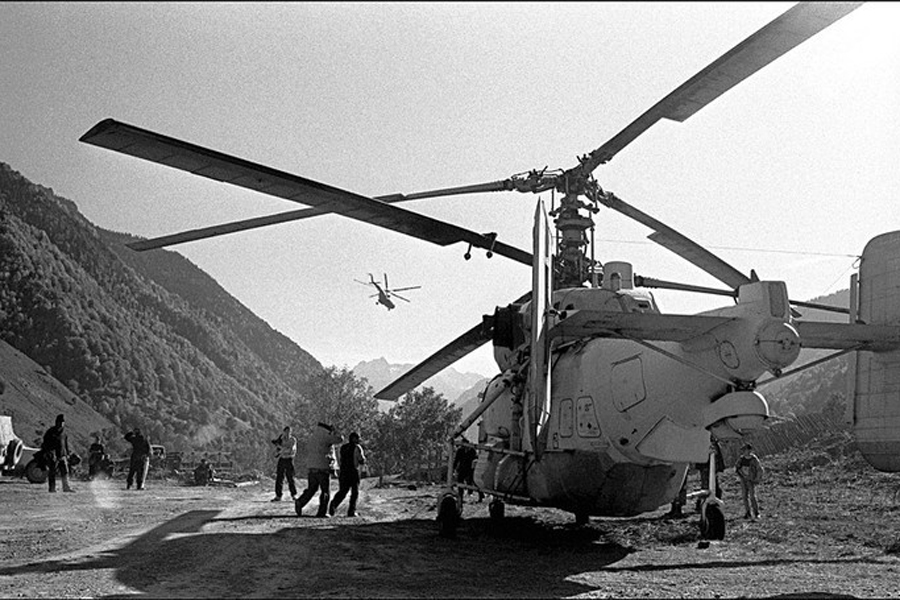
The landing site Kolodiaz is one of the most dangerous for landing and takeoff. Photo: ukrmilitary.com.
In August 2008, when Russia deployed its troops to Saqartvelo, Ukraine sent air defence systems, Buk and Osa anti-aircraft missile complexes along with combat kits. Owing to the quickly provided equipment, Georgian military forces were able to shoot down 12 Russian bombers. The then-president of Georgia, Mikheil Saakashvili, acknowledged that curbing the aggression in the initial days was exceptionally challenging, yet it was effective particularly with Ukraine’s assistance. Despite the repeated support provided by Ukraine, after the start of the full-scale war in Ukraine, Georgia refused to return the previously provided Buk anti-aircraft missile systems.
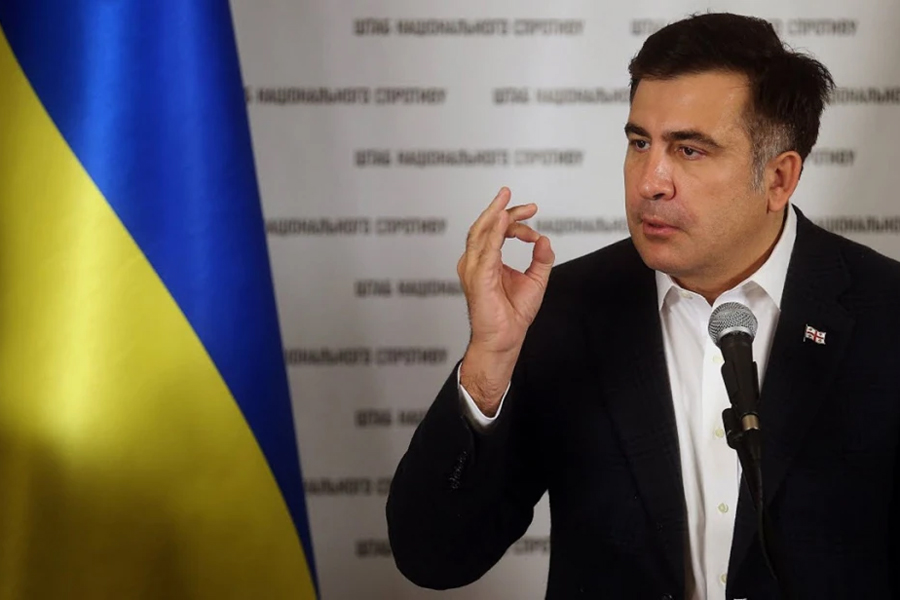
Mikheil Saakashvili. Photo from open sources.
Ukrainian military support to Macedonia
In 1991, Macedonia (officially known as the Republic of North Macedonia since 2019) declared its independence from Yugoslavia and became the only former Yugoslav republic to achieve independence peacefully. Within North Macedonia, Albanians represent the second-largest ethnic community after the Macedonians themselves. They have established political parties and actively participated in addressing various political issues. However, by 2001, the situation began to deteriorate due to restrictions on the use of the Albanian language in official institutions and education, as well as a prohibition of the Albanian flag.
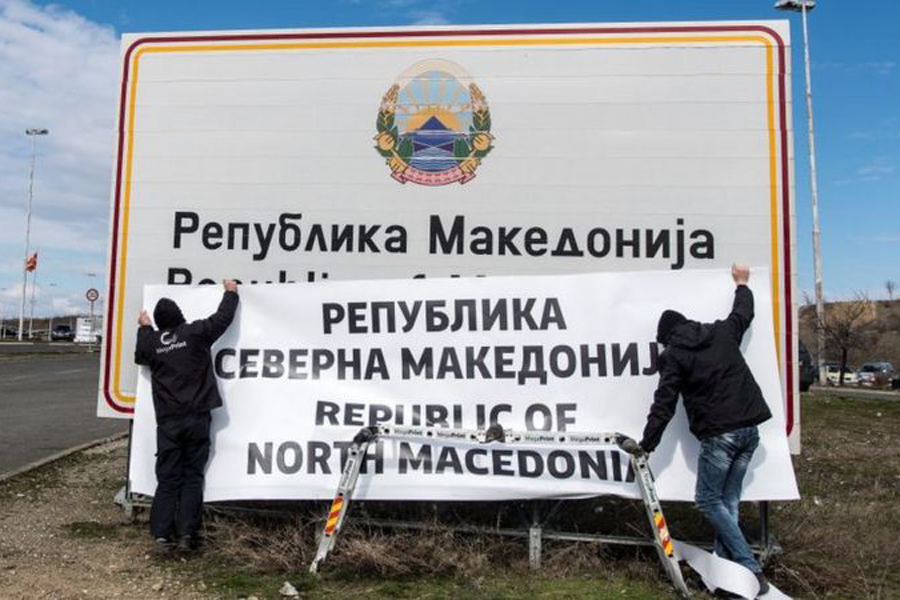
Changing the sign at the border with Greece from Macedonia to North Macedonia, 13 February, 2019. Photo: Getty Images.
The conflict began on 22 January, 2001, when armed Albanian insurgents from the National Liberation Army attacked a police station in the village of Tearce, killing one police officer and injuring three others. At that time, Macedonia, not yet a member of international security alliances, needed more weapons to defend itself against the insurgent group. NATO countries offered to resolve the issue through negotiations.
In March 2001, Macedonia requested assistance from partner countries. Ukraine signed a bilateral agreement with the Macedonian government for the sale of weapons at lower prices. During that same month, the first consignment of Ukrainian helicopters arrived: four Mi-8MT helicopters equipped with machine guns and two Mi-24 helicopters. Later in June, four additional Mi-24 helicopters and four Su-25 attack aircraft were delivered. Despite the dissatisfaction from NATO countries, which sought a political resolution to the conflict, Ukraine continued supplying weapons to Macedonia. In early August 2001, up to 30 tanks and 20 APCs, upgraded in Ukrainian factories, were sent. The conflict concluded on 13 August, 2001, when the Macedonian government and Albanian political forces signed the Ohrid Agreement.
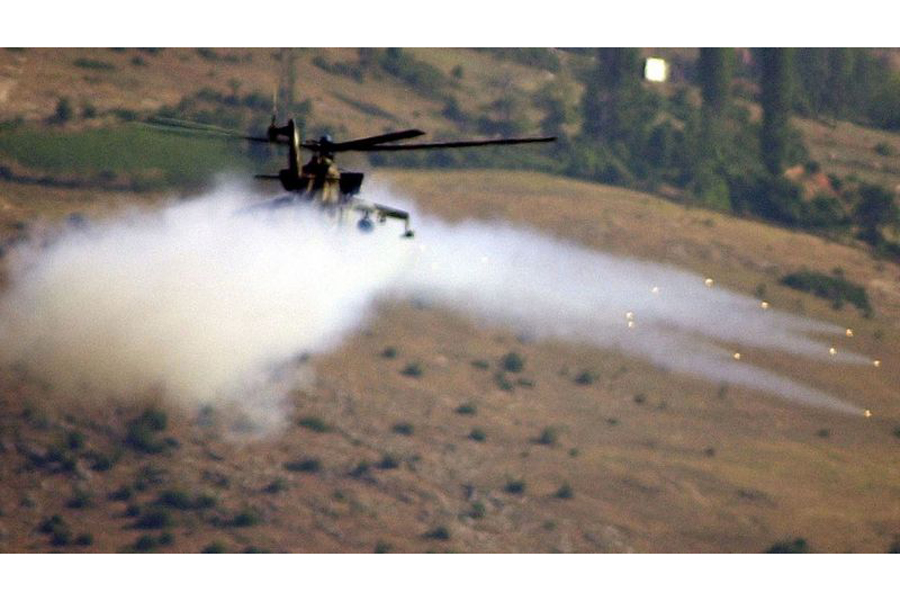
A helicopter provided by Ukraine striking rebel positions in the summer of 2001. Photo: Getty Images.
Since the beginning of the full-scale war in Ukraine, North Macedonia has provided various types of ammunition and weapons. The total amount of aid constituted was approximately 16% of the country’s annual defence budget. Additionally, North Macedonia returned four Su-25 military aircraft to Ukraine, which were purchased in 2001.
Ukrainian peacekeepers in Iraq
After the overthrow of the dictatorship of Saddam Hussein, the UN called on several countries to restore the stability in Iraq through joint efforts. In May 2003, Ukraine sent the 5th Separate Mechanised Brigade of the Armed Forces of Ukraine as part of the International Coalition Force, facing guerrilla warfare by Islamic militants. After completing the mission in the spring of 2005, the United States offered Ukraine to continue the operation in Iraq in the role of military advisors and observers.
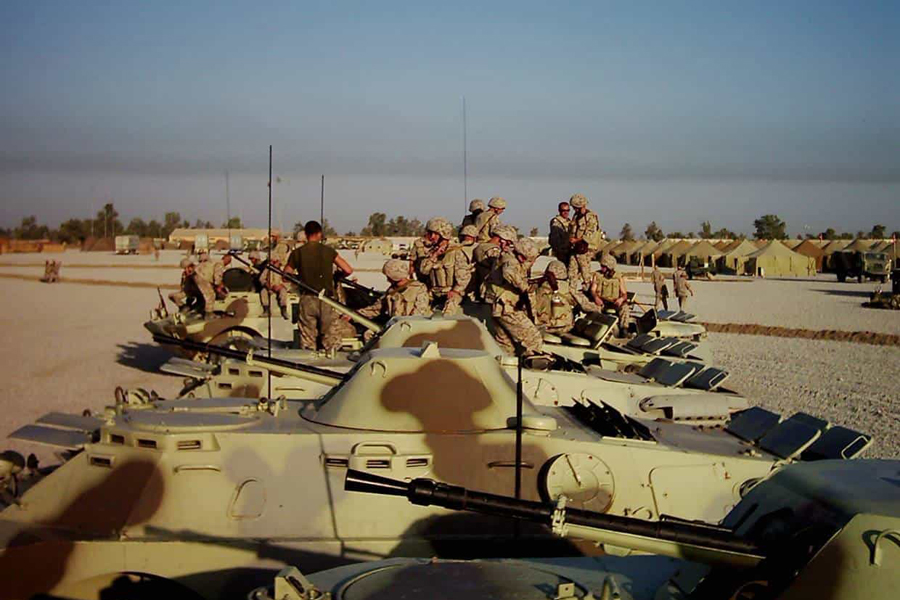
Ukrainian military before combat duty, Iraq. Photo: Facebook (Yuri Le).
The military operation in Iraq is one of the largest foreign missions in the history of independent Ukraine. Over five years, up until 2008, more than 1600 Ukrainian servicemen participated in it,18 of whom died, 40 were injured.
Ukrainian scientists in Japan
When Ukraine experienced the Chornobyl disaster, the largest nuclear accident in history, Japan became one of the biggest donors financing the construction of the shelter over the nuclear power plant and humanitarian programs. Therefore, when a nuclear disaster occurred in Japan, Ukraine could not stand aside.
On 11 March, 2011, due to a powerful earthquake and tsunami, the cooling system of the reactors at the Fukushima-1 nuclear power plant was damaged. As a result of high temperatures of nuclear fuel, hydrogen explosions and fires occurred at the power units over the course of several days. The National Police Agency of Japan reported that around 15,900 people lost their lives due to the natural disasters and their consequences. As of 2023, nearly 2,523 individuals are still considered missing.
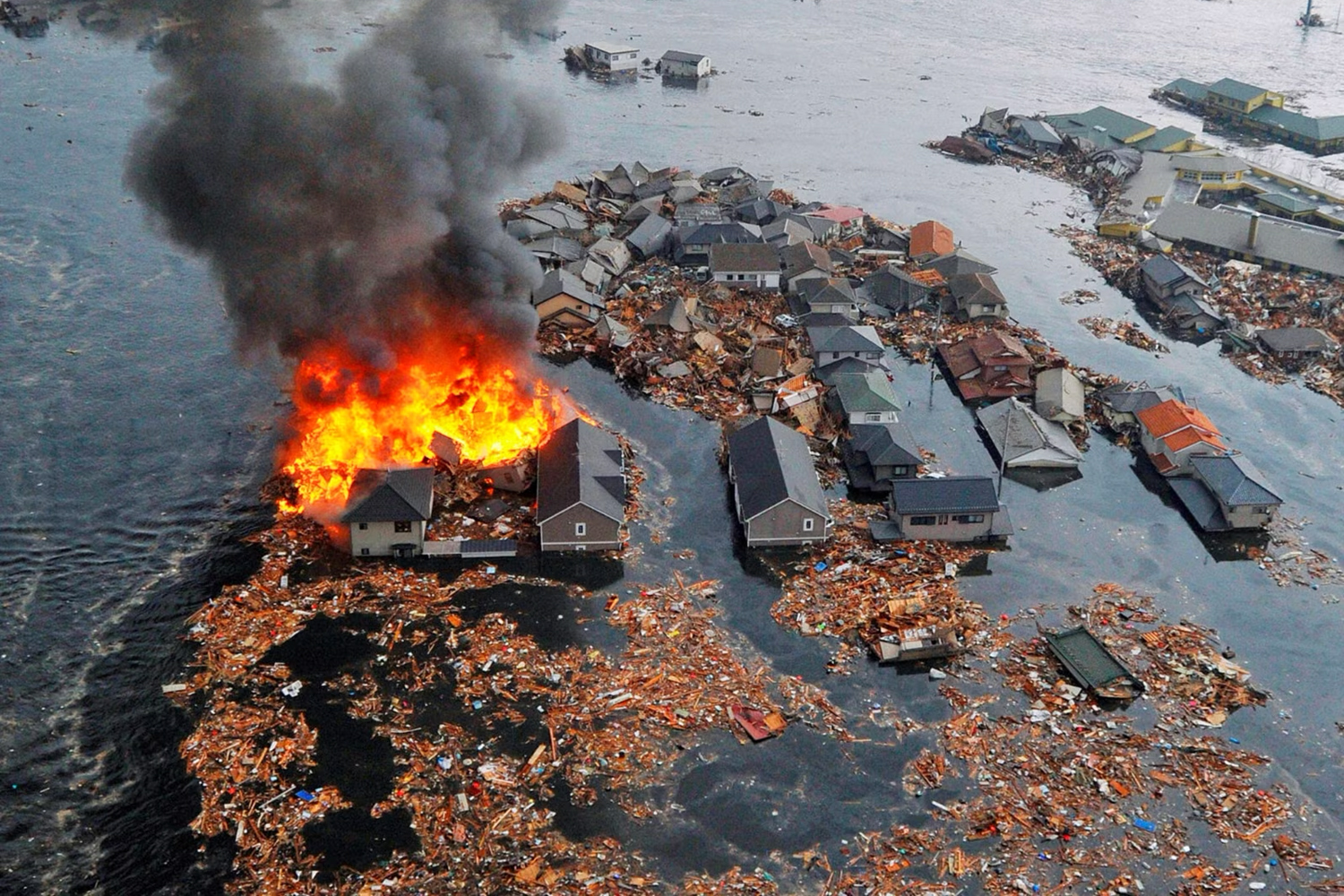
Houses flooded after the earthquake and tsunami in Natori city in northeastern Japan, 11 March, 2011. Photo: Reuters.
Japan began establishing various scientific institutions to study radioactivity and specifically sought experts from Ukraine. Their interest lay in the experience of a country that had endured a similar catastrophe, particularly in researching the impact of radiation on the environment and, most importantly, in understanding methods of protection against it. For example, former chief engineer of the Chornobyl Nuclear Power Plant, Mykola Shteinberg, shared with Japanese experts how Ukraine protected the station personnel from radiation. Scientist and academician Dmytro Bazyka shared his experience in treating those affected by the Chornobyl accident. Ukrainian experts were invited to give lectures at institutes and ministries.
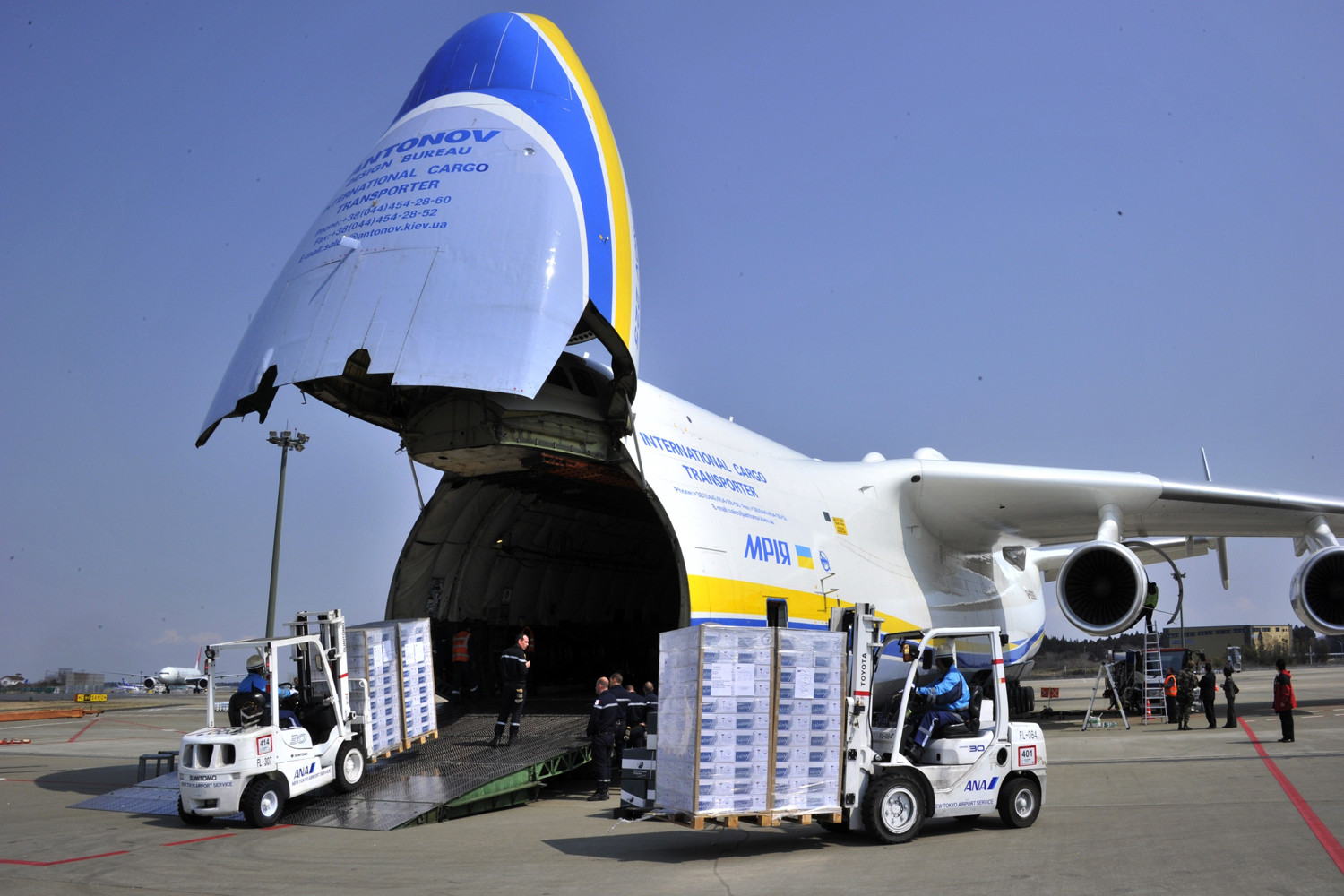
Unloading humanitarian aid in Japan. Photo: Yoshikazu Tsuno / AFP via Getty Images.
On 4 August, 2011, in response to the official request from the Japanese government through non-governmental organisations, Ukraine sent a humanitarian aid cargo with individual radiation protection equipment: dosimeters, dosimeter-radiometers, and gas masks.
Ukraine in the fight against Coronavirus
During the COVID-19 pandemic, as the disease progressively affected countries worldwide, Volodymyr Zelenskyy signed a decree to send a brigade of doctors and medical equipment to assist Italy, one of the first countries to experience mass infections. A total of 20 medical professionals of various specialities arrived in Italy, including infectious disease doctors, intensivists, surgeons, anesthesiologists, nurses, and paramedics. Many Italian media outlets reported on the arrival of these specialists, noting that Ukraine, along with Albania and Poland, is providing concrete support to Italy.
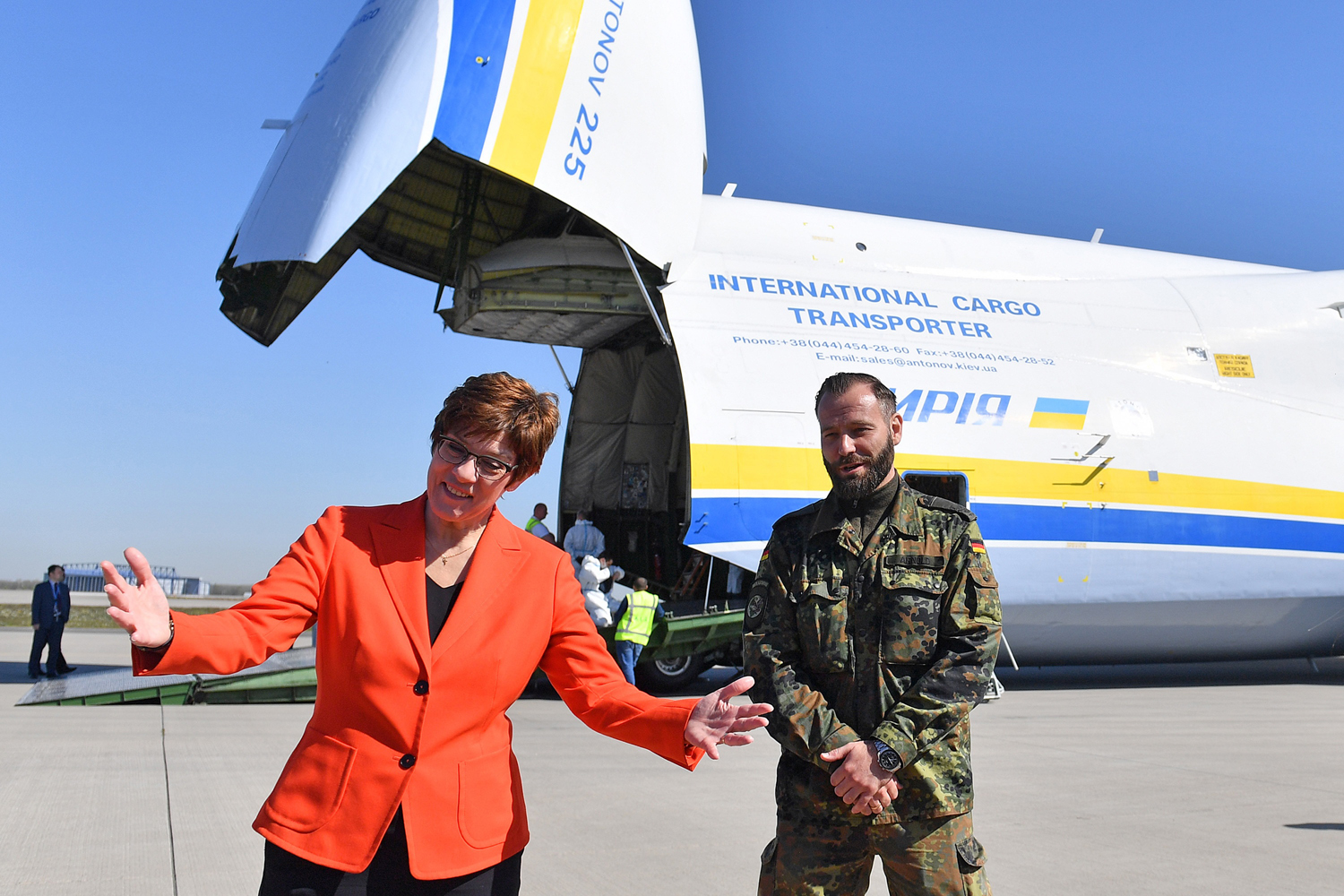
With the onset of the coronavirus pandemic, the Mriya aircraft transported medicines, medical equipment, and protective gear worldwide. In the photo, German Defense Minister Annegret Kramp-Karrenbauer (left) greets a shipment of medical masks delivered by the An-225 aircraft on April 27, 2020. Photo: Getty Images.
During the coronavirus pandemic, Ukraine transported medical supplies from China to various Western countries. Using the world’s largest transport aircraft at that time, the AN-225 Mriya — which later sustained damage during the Russian invasion in Hostomel — Ukraine assisted countries in their fight against the pandemic. Notably, the aircraft delivered over a thousand cubic metres of protective equipment to Poland and France.
Ukrainian rescuers in Turkey
The first time Ukraine provided aid to Turkey occurred during the severe forest fires in July 2021. Two An-32P firefighting aircraft arrived in the Mugla province to help prevent the fire from spreading. Within a few days, the State Emergency Service aviation flew to extinguish the hotspots in the Antalya province, which had also affected the cities of Osmaniye, Kayseri, Kozhajeli, Adana, and Mersin. The fire was successfully contained on 12 August of the same year.
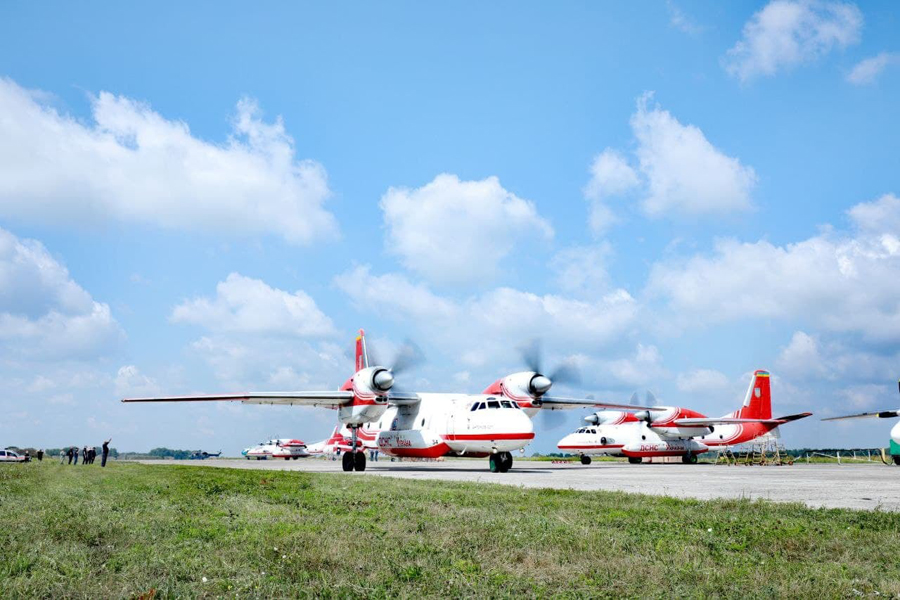
Firefighting aircraft sent to Turkey. Photo: State Emergency Service of Ukraine (SESU).
In 2023, southern and central parts of Turkey were hit by powerful earthquakes, killing over 50,000 people. Ukraine sent a search and rescue team consisting of 87 rescuers. Over the course of ten days, they saved a woman, retrieved 58 bodies from under the rubble , including nine children. Additionally, Ukrainian specialists inspected around 500 buildings, assisted in clearing debris, and provided medical aid to the victims.
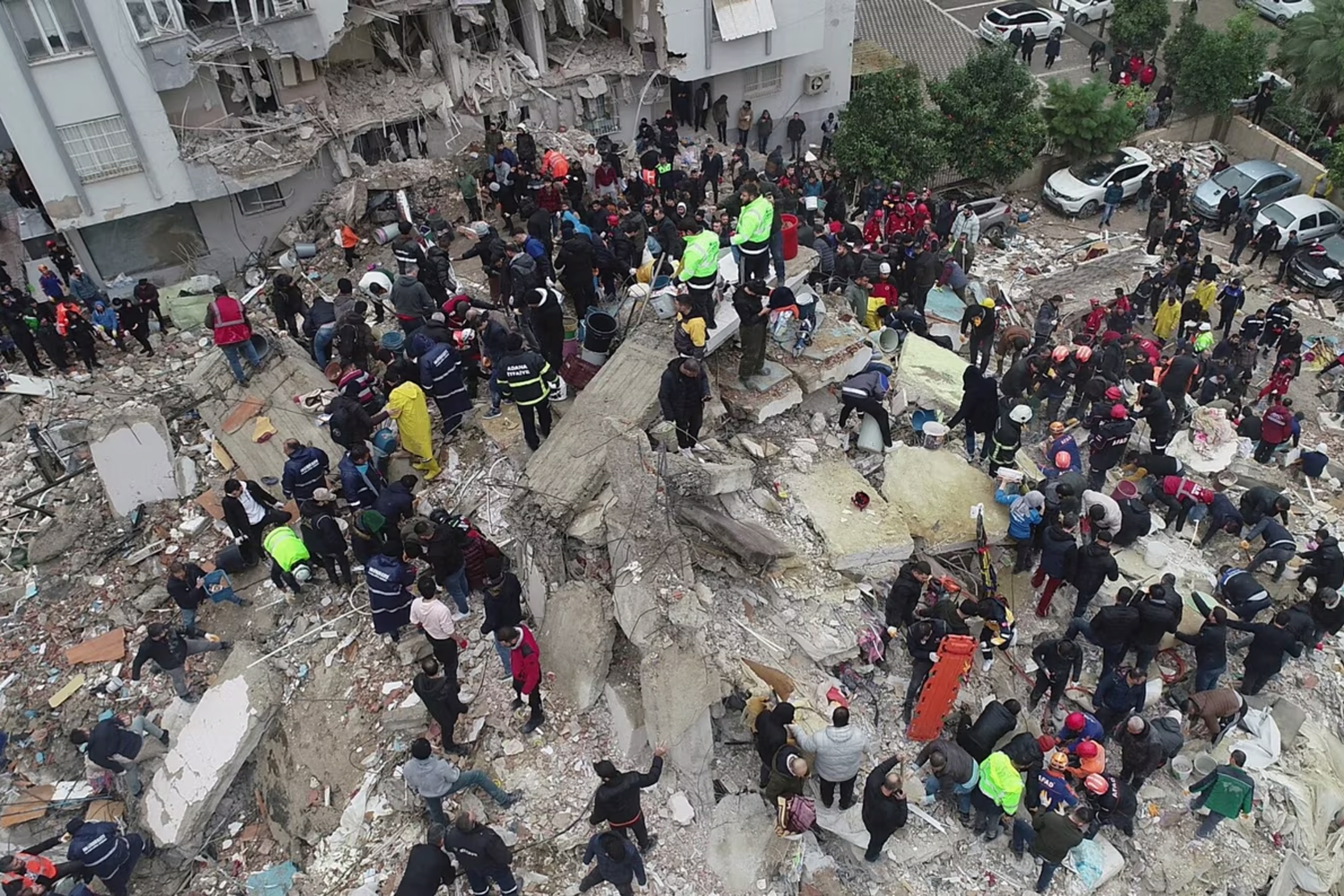
The destruction in the city of Adana in southern Turkey. Photo: Reuters.
The evacuation of people from Afghanistan by Ukrainian military
After the complete withdrawal of NATO forces from Afghanistan in August 2021, Taliban militants seized Kabul. At that time, many people, including foreign citizens, were trying to leave the country. Nineteen Afghan translators working with Canadian military personnel, along with their families, were supposed to board a plane in Kabul bound for Canada. However, due to the terrorist attack on the capital’s airport organised by the ISIS terrorist organisation, it was announced that Afghan citizens with open visas could no longer leave the country unless accompanied by foreigners.
ISIS
Islamic State of Iraq and the Levant is an unrecognised terrorist state that has been operating since 2003, primarily in Iraq, Syria, and Afghanistan.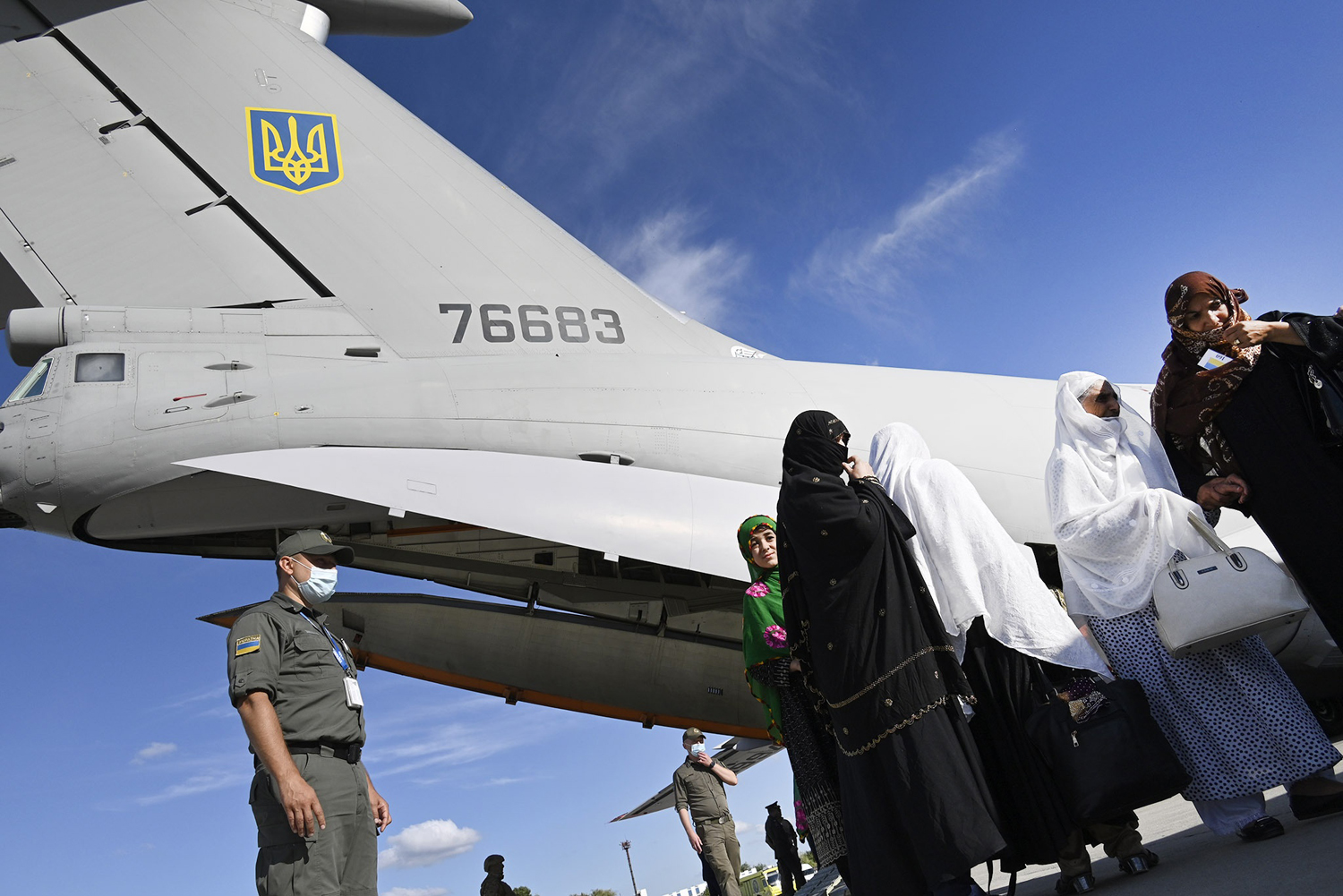
Ukrainian plane that evacuated about 700 people from Kabul in 6 flights. Photo: Getty Images.
After several unsuccessful attempts to negotiate the return of translators, the Canadian government appealed to the U.S. State Department and Qatar, but their efforts did not improve the situation. Therefore, Canada sought assistance from Ukraine. A group of Ukrainian military personnel went to the centre of the Afghan capital, where they found the translators in microbuses at the local market and escorted them to the airport. After a successful flight, the translators and their families arrived in Kyiv, before reaching Canada.
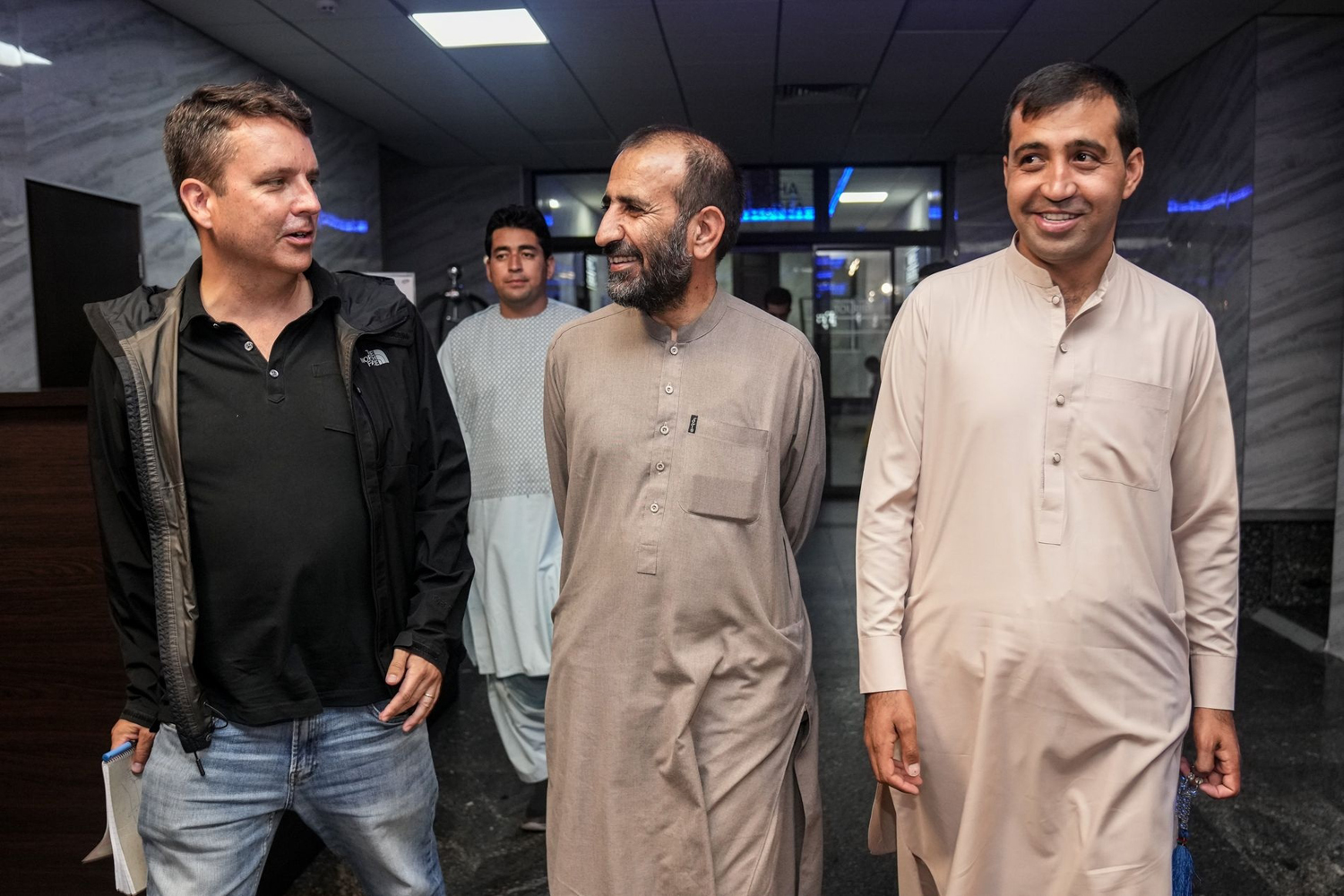
The Afghan translators, rescued by Ukrainian special forces, who assisted the Canadian military. Photo: Evgeniy Maloletka.
In total, the Ukrainian military evacuated more than half a thousand citizens from Afghanistan in these months, including Ukrainians.
Ukraine’s last mission in Congo
On 6 April 1994, the genocide in Rwanda unfolded when the Hutu people initiated the extermination of the Tutsi population. Within three months, 800,000 individuals, both Tutsi and Hutu who refused to participate in the mass killings, lost their lives. The perpetrators of the crime fled to the eastern provinces of the Congo, where they regrouped into armed factions and persisted in assaulting the civilian population.
Since 2012, the 18th Separate Helicopter Unit of the Armed Forces of Ukraine has been a part of the UN contingent in a peacekeeping mission to stabilise the situation in the Democratic Republic of the Congo. The unit contributed 156 military personnel, with Ukrainian helicopters constituting one-third of the UN’s deployed assets. The primary tasks included evacuating the wounded and sick persons, reconnaissance, and patrolling. Over the course of a decade, Ukrainian helicopters spent more than 22,473 hours in the air, transporting over 116,280 passengers and cargo weighing a total of 5,600 tons. Throughout this period, there were 12 rotations of Ukrainian military personnel.
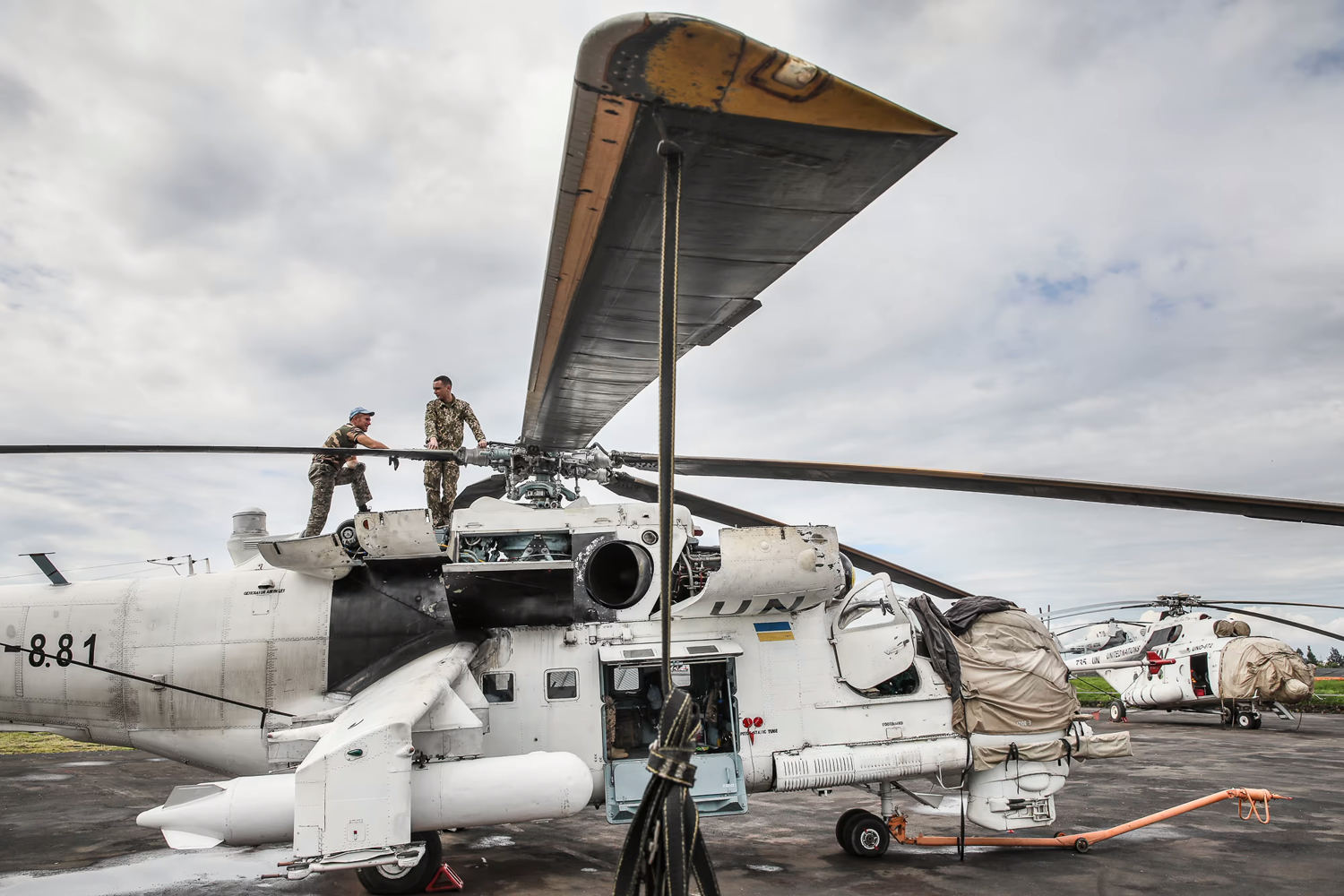
Ukrainian peacekeepers repairing a Mi-24 helicopter at the Goma airfield, the Congo, on 5 December , 2019. Photo by Volodymyr Petrov for the Kyiv Post.
The Ukrainian peacekeeping mission in the Congo was brought to an end due to the full-scale armed aggression of the Russian Federation. Following President Volodymyr Zelenskyy’s order, they withdrew from the Congo in 2022.
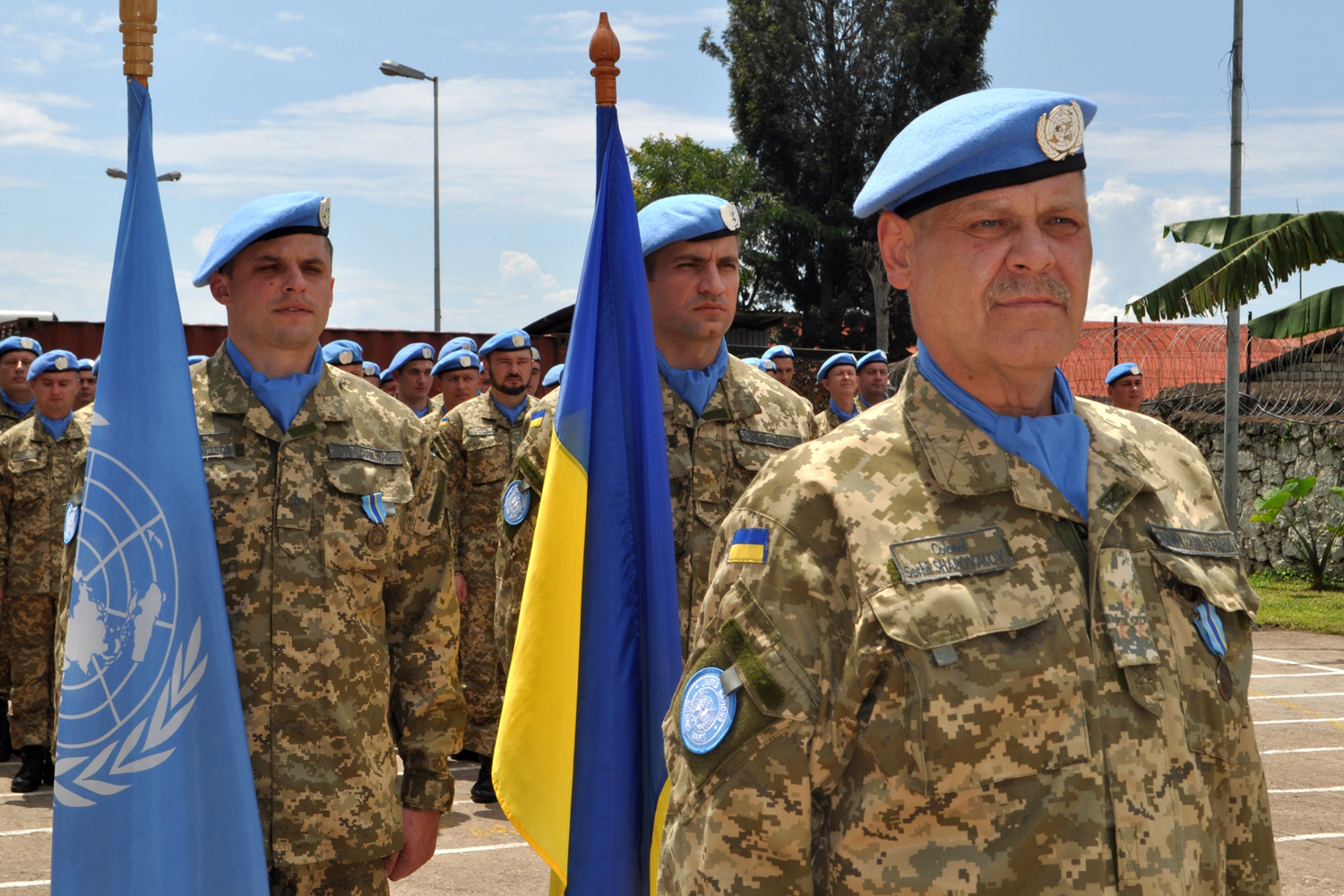
Awards ceremony for Ukrainian peacekeepers in the Congo, December 2015. Photo: Ministry of Defense of Ukraine.
Since proclaiming its independence, Ukraine has actively participated in international missions aimed at rescuing the affected, resolving conflicts, and preserving peace. Despite facing challenges and confronting the enemy, the Ukrainian state not only receives international assistance but also stands as a dedicated member of the global community, ready to assist countries facing adversity.

